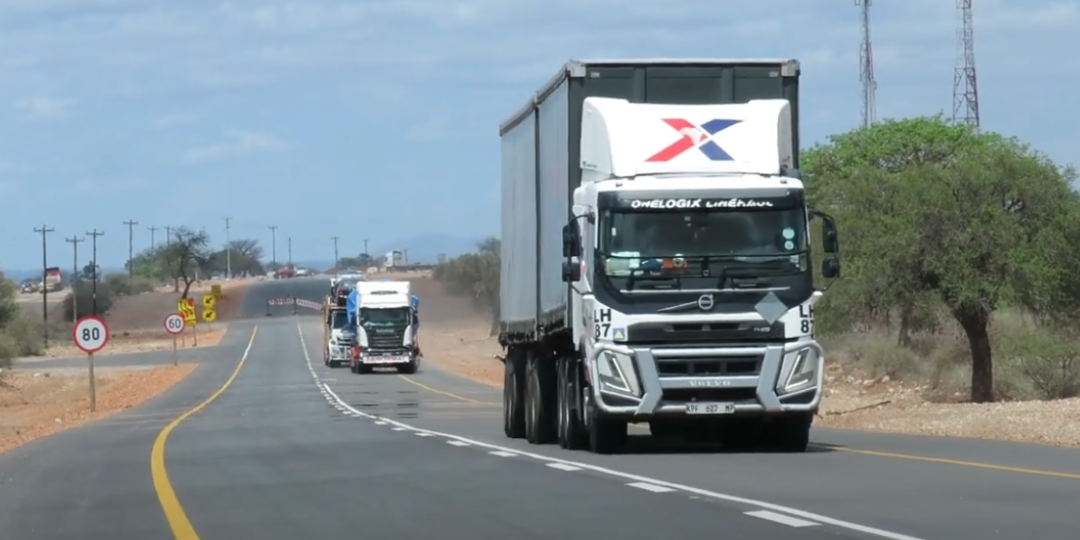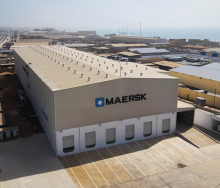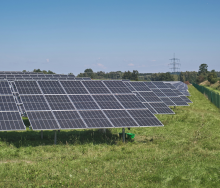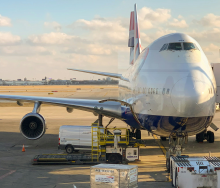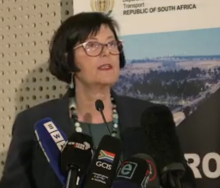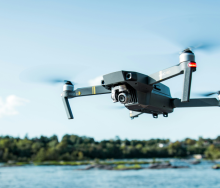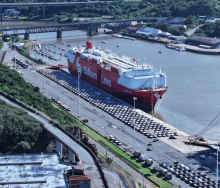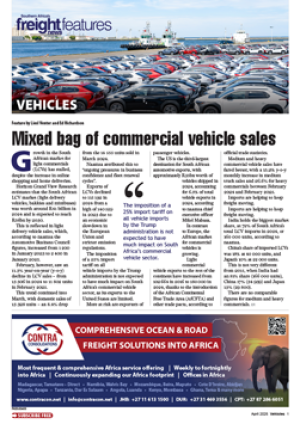South Africa’s Copperbelt cargo crossing on the N11 has seen a strong return of volume ever since the Groblersbrug Border Post with Botswana was closed for most of April after heavy rain caused the Limpopo River to flood.
The collapse of Customs services and closure of the all-important logistical link forced long-distance hauliers to divert through the southern border of Kopfontein, which is generally used for same-day supply chain on the R49 towards Gaborone.
The resulting congestion played havoc with truck traffic as in-transit cargo carriers and express transporters competed for the same choke-point into Botswana.
But a semblance of normality has been restored after Groblersbrug recently reopened for over-border operators heading to Zambia and the Democratic Republic of the Congo.
Mike Fitzmaurice, regional vice president of the African Union’s Organisation for Transport and Logistics, has confirmed that Groblersbrug has become South Africa’s busiest land border, with about 500 trucks crossing the Limpopo every day.
He reiterated that transporters heading to the Copperbelt continued to avoid the route through Beitbridge.
This has also been confirmed by a clearing agent based in Musina: “I haven’t seen the border this quiet in a long time. There’s not much cargo through, and it’s very worrying.”
Fitzmaurice said: “A lot of transporters are opting to go via Groblersbrug because of the issues in Zimbabwe.” These include anti-smuggling units doing sporadic cargo checks, especially at Masvingo, often without the necessary cargo-handling means.
In a recent incident, a South African transporter who regularly trucks cargo to Zimbabwe, was delayed for three days after a load was referred for inspection to a depot in Harare.
Had authorities checked the company’s post-clearance audits, they would have seen that the operator in question had a proven track record and should not have been subjected to random checking.
Add to that expensive fees charged at Beitbridge and bad road conditions, meaning over-border hauliers are loath to transit through Zim, even though it’s about 150km to 200km shorter than driving through Botswana to get to the Copperbelt.
“All the stoppages and issues add to operating costs,” said Fitzmaurice.
“Transporters would rather take a longer route if they know it’s essentially hassle-free. The more you are delayed, the costlier it gets for transporters.”
As a result of the situation, where political instability added to uncertainty on the road recently, the road through Groblersbrug continues to be preferred over the way through Beitbridge.
Not that Groblersbrug is without its own problems.
Given the current volumes on the N11, transporters can wait up to two days in a four- to five- kilometre queue, moving about 200 metres an hour, or less.
“Still, transporters are getting used to travelling via Groblersbrug and they are happy with the road in Botswana. There is also no harassment on the other side of the border. I think it’s going to be a long time before we see a return of numbers travelling through Zim,” said Fitzmaurice.
He added that, if authorities stopped delaying road freight, if the roads in Zimbabwe were fixed, and if border processes at borders like Chirundu up north improved, “then maybe we’ll see a return of more truck traffic through Zim”.
“But what we’re seeing at the moment is a decline in cargo volumes through Zim.
“And it doesn’t look like it’s going to change any time soon.”
